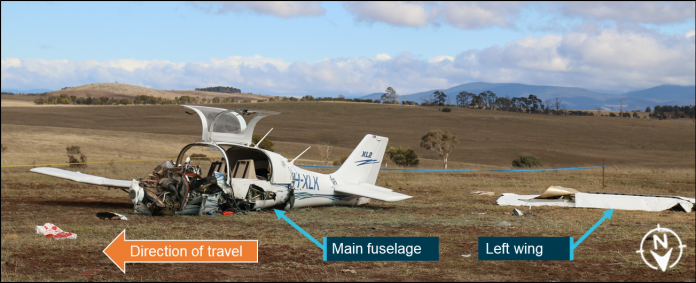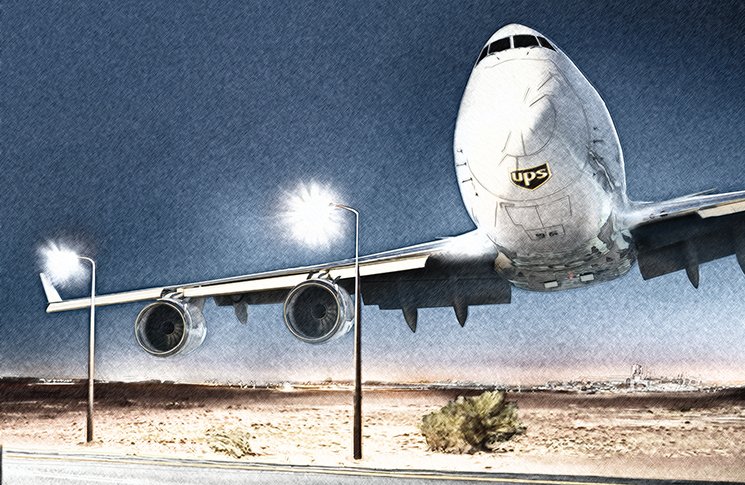It’s one of the saddest stories in aviation, and the most enduring. Since the first publication of an aircraft crash investigation in 1912 countless others have recounted the same narrative: an aeroplane stalls at low height and spins into the ground – no-one survives.
The Australian Transport Safety Bureau (ATSB) added another to this stack of sad stories last week with its report into the crash of a Liberty XL-2 near Braidwood in NSW. The owner and pilot of the XL-2 was a prosperous and respected businessman from the NSW Southern Highlands who was spending a pleasurable few days; flying in company with a friend in another aircraft and dropping in on friends and acquaintances in south-eastern and coastal NSW.
On Tuesday 6 August 2019 the plan was to fly from Moruya to near Braidwood, east of Canberra, where some friends had recently built a landing area on their property. The other pilot, whose aircraft was slower, took off first. On arrival, the other pilot landed, but decided the landing area was too rough for the more delicate landing gear of an XL-2. The other pilot phoned the XL-2 pilot to tell him this.
The XL-2 arrived about 20 minutes after the other aircraft and overflew the homestead before turning left to circle the landing area with a slowing airspeed. From the ATSB report: ‘On a second orbit of the strip, about 400 feet above ground level, and after crossing the marked end of the landing area, witnesses observed the left wing drop and the aircraft enter a steep rotating descent. The pilot was unable to recover control of the aircraft before it impacted terrain.’
The report goes on, as so many similar reports do, to say there were no issues found in the aircraft’s engine, fuel, controls, weight and balance, or structure. The aircraft was found to not have been compliant with an airworthiness directive covering the exhaust but this had no bearing on the crash, and a post mortem examination of the pilot’s body confirmed no carbon monoxide poisoning that would have been associated with a faulty exhaust.
The investigation found the flap switch and the flaps were up; the pilot had not selected flap to aid in slow flight at low level. A witness told the ATSB the aircraft appeared to be ‘hanging off the prop’, and described it flying slowly with a nose-high attitude. Data from the pilot’s iPad flight planning app provider showed indicated airspeeds in the orbit of the landing area varied between 71 knots and 51 knots. At the last reliably reported position indicated airspeed was 66 knots, and deceasing. According to manufacturer’s data the XL-2 stalls with a clean wing in a coordinated 15 degree turn at 53 knots, 49 knots with ten degrees flap or 46 knots at 30-degree flap. Wind was from the north-west at 5-7 knots and as the aircraft turned toward the runway heading, this became a tailwind.
The ATSB said it was likely that the pilot’s focus of attention was looking outside the aircraft at the landing area. ‘Accordingly, they may well have not been allocating sufficient attention to monitoring the aircraft’s airspeed and/or energy state and controlling the aircraft,’ the report said. ‘A substantial body of research has shown the significant effects that distraction can have on pilot performance.’






The lower you are, the more you have to concentrate on flying.
I could discuss this for hours. Was he wearing an ANR headset thus reducing his ambient noise awareness? Was he trained in low and slow flight? Did his flying instructor have more than 250 hours? Was he trained in recognition of dangerous flight configuration? Was his stall warning operating correctly? Did he have any experience of flying without instruments? I havent read the ATSB report but I guess about 150 hours total time.
from the ATSB report – 654 hours total flying experience, with about 548 hours in the crash aircraft.
I think there are some aircraft out there that when slow and banked have a tendency to snap stall wing down and are hard to recover.
There are other brands out there ( one in particular ) that do not do this, they mush when at the stall , retain full control authority and in my mind are much safer. The accident stats may help here, I have my own views. It is not an area that CASA seems keen to get involved in. People setting up flying schools should seek advice.